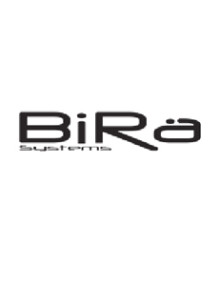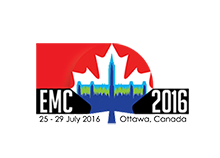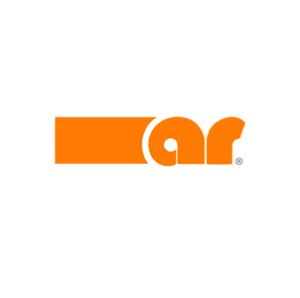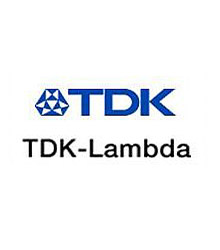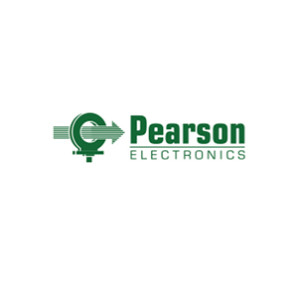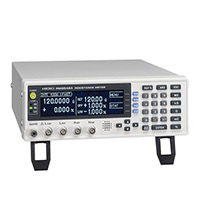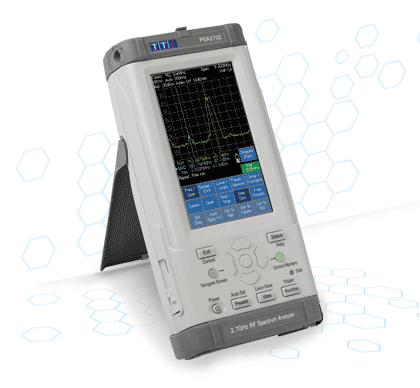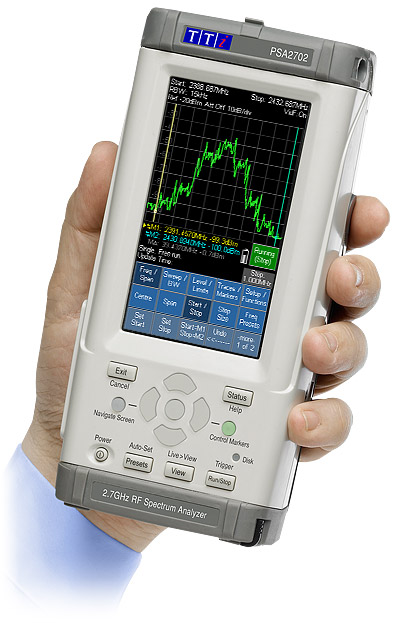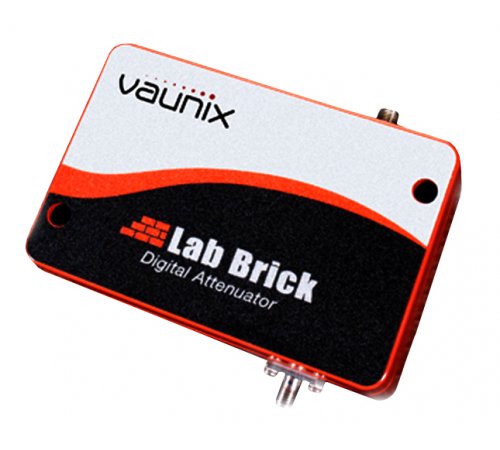The MCOR system has been used throughout physics laboratories around the world. Below are published papers written by some of these institutions. To list your paper here please contact us. Published MCOR Papers-Laboratories
TLS CORRECTOR MAGNET POWER SUPPLIES UPGRADE
Corrector magnets of TLS storage ring are served with linear power supplies (corrector magnet power supplies), with some modifications the long-term output current stability and ripple of these linear mode power supplies were improved from 500 ppm to 50 ppm[1][2][3]. But these linear mode power supplies are very low efficiency, low power factor and about 20Hz low frequency response bandwidth that waste power, noisy and unable to serve fast orbit correction. MCOR30 is a modular switching power converter with smaller volume, high efficiency and above 100Hz frequency response bandwidth, replacing these linear mode power supplies with MCOR30s that could save power and increasing orbit correction response. Published MCOR Papers-Laboratories
View Paper
DESIGN AND IMPLEMENTATION A RESONANT DC POWER BUS
We design and implement a power convert to supply dc power bus for the MCOR30 correction supply. The dc power supply’s characteristics were variable frequency at heavy and medium/light load. These characteristics matched with the correction supply working requirement. The dc power bus has a relaxation oscillator generating a symmetrical triangular waveform, which MOSFET’s switching is locked to. The frequency of this waveform is related to a current that will be modulated by feedback circuitry. As a result, the tank circuit driven by half-bridge will be stimulated at a frequency dictated by the feedback loop to keep the output voltage regulated, thus exploiting its frequency-dependent transfer characteristics. The high performance characteristics of the resonant dc power bus are illustrated in this paper.
View Paper
THE DC-MAGNET POWER SUPPLIES FOR THE LCLS INJECTOR
The injector section of the LCLS machine at SLAC [1] requires 100+ dc-magnet power supply systems for operation. Intermediate rack-mounted power supplies provide dipole, quadrupole and solenoid magnet power up to 20 kW at 375 A. A SLAC-developed Ethernet power supply controller interfaces to these commercially available power supplies. Smaller bipolar units rated 6A, 12A, and 30A provide power for small magnets such as correctors, dipoles, and quadrupoles. DACs and ADCs housed in VME crates control these power supplies. For all systems, stability requirements are better than 1000 ppm and EPICS is the controls interface. This paper describes the main hardware characteristics of the power supply systems.
View Paper

